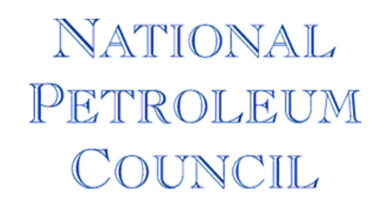Vantage Drilling charts path toward offshore personnel competency
By Linda Hsieh, managing editor

If it’s not yet clear from the increasing number of discussions that drilling professionals are having about competency, it was stressed again at the 2013 IADC Drilling HSE&T Asia Pacific Conference last week: Training does not equal competency. “It’s a key element to competency, but it’s not competency,” Sid Rambin, QHSE manager for Vantage Drilling, said at the conference, held 5-6 April in Singapore. Just a few years ago, faced with that realization and a rapidly expanding fleet, Vantage decided to reexamine and revamp its approach to competency.
Onboard training modules and technical training from vendors were studied to ensure they were applicable to Vantage’s specific job positions and equipment. The way personnel is appraised was also changed under the newly created Vantage CARE Program, which received accreditation last month under the IADC Competence Assurance Program. “Your performance evaluations don’t need to happen on an annual basis. Yes, they need to be formalized in a performance evaluation at the end of the year, but you also need to be doing this on a daily basis with your supervision as you walk out there on the rig,” Mr Rambin said.
Since 2008, several improvements have been made to ensure offshore competency at Vantage including making operational time in position specific to job groups. “Does everybody agree that in order to understand how your equipment works, you need to be drilling?” he asked of the audience. “Because your equipment is going to act totally different when you’re drilling than it is on sea trials, during rig voyages and when you’re sitting in the shipyard.”
On-the-job (OTJ) modules also were improved for all position levels, from floorhand to the assistant rig manager, Vantage’s version of the rig superintendent. “If we see they’re lagging a little behind (in completing the modules) … supervision can intervene and say, ‘What’s going on? Is there something you don’t understand?’”
Another element of the CARE program is that every rig-based employee gets to teach a section of the company’s safety management system during safety meetings, which are held three times a week, Mr Rambin explained. “We’re talking close to 170 different line-item modules that we use directly out of our safety management system,” he said.
Vantage also has formalized its performance appraisal process to be completed in three phases. First, a minimum competency evaluation is done when the employee initially joins Vantage. Second, the employee is placed on a probationary period for three hitches, when he will undergo an evaluation for every hitch. “At the end of those three hitches, he’s basically done his 90-day evaluation,” Mr Rambin said. Appraisals are also done when the employee completes his or her OTJ modules and during the annual performance assessment.
“Finally, they’ll take their competence assurance test. … We’ve done everything to make sure this person is going to succeed,” Mr Rambin said. If they pass the test, they’re then able to be promoted to the next position.
Mr Rambin noted that ensuring employees have a positive attitude toward the CARE program has been critical to its success. “A lot of times, upper management rolls things out to the guys on the crew, and the guys sit there and say, ‘Oh, we’ve got another card to fill out… More and more paperwork.’” That’s why it’s paramount to have personnel who are willing to take the time to understand the program and how they will succeed within it. “If you have competent people out there and you have a program that you lead to help your personnel understand what their job is, then you will end up taking just a little bit of time to prove that guy understands what his job is. He’s able to lead himself so you’re going to have fewer accidents.”
Read more here about how Vantage Drilling uses the IADC SkillSTICK to deliver training modules to employees worldwide.



